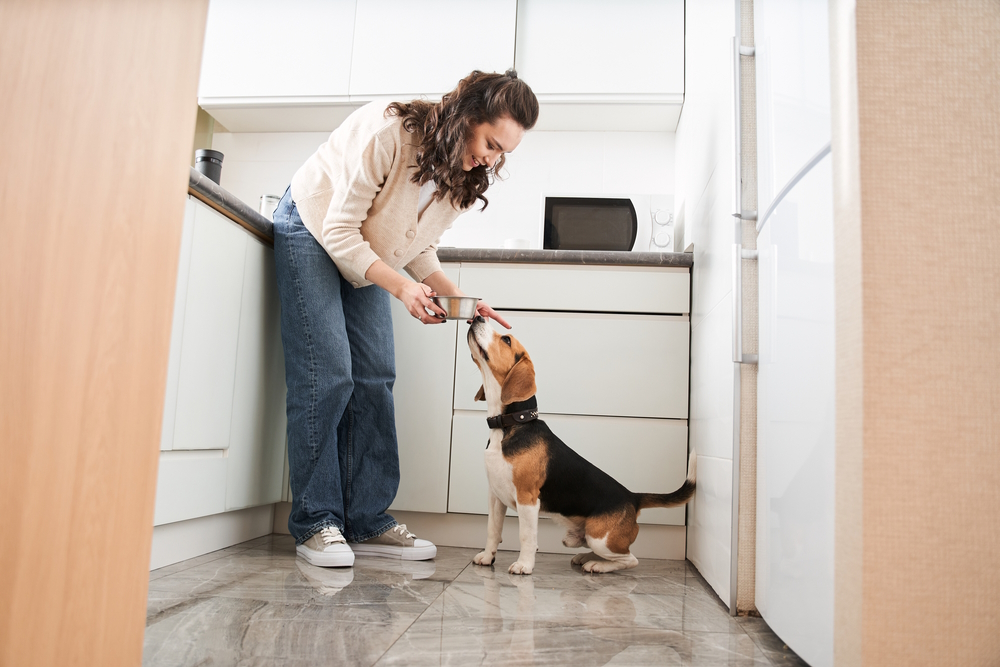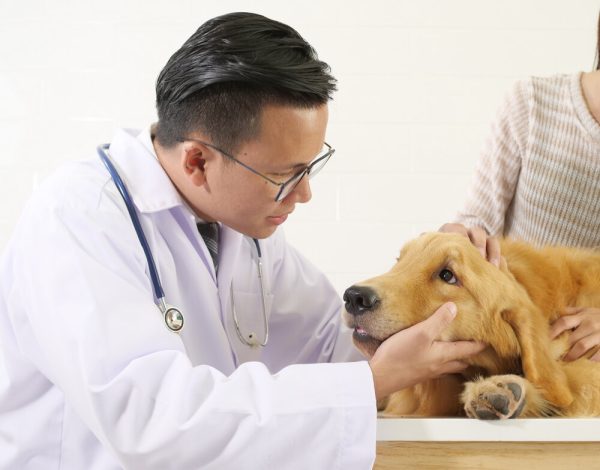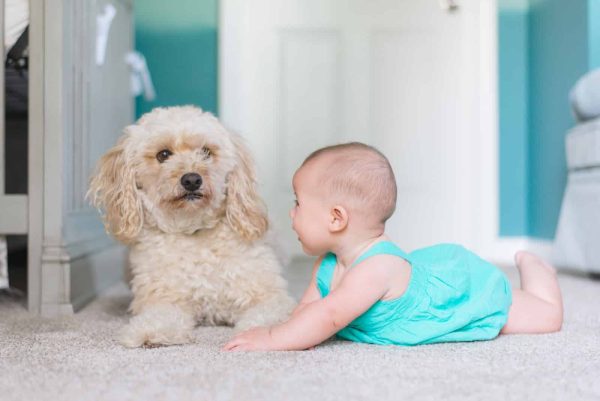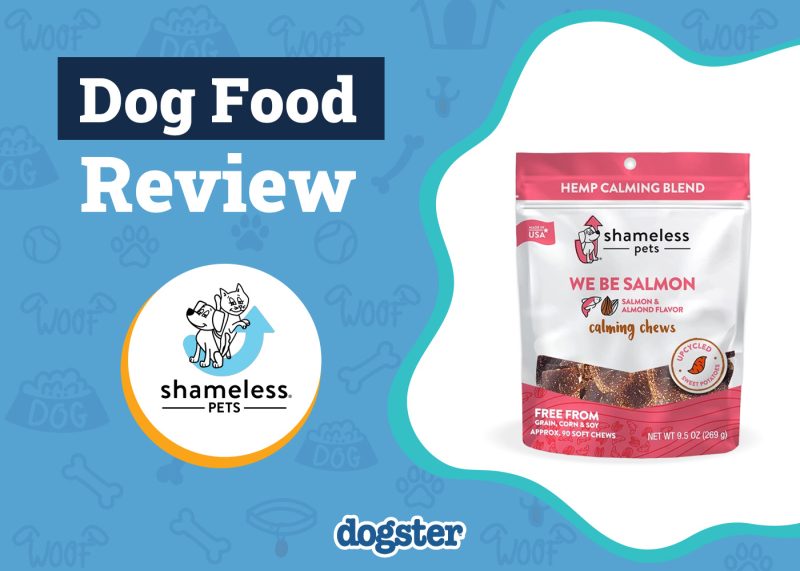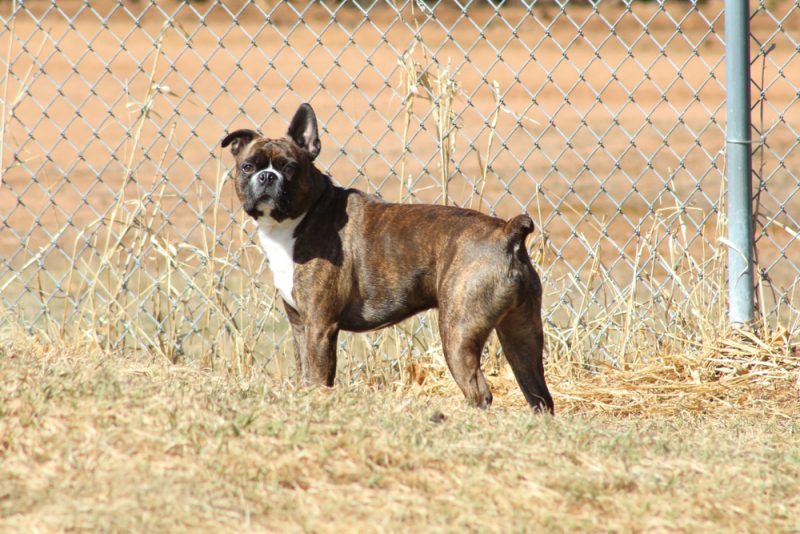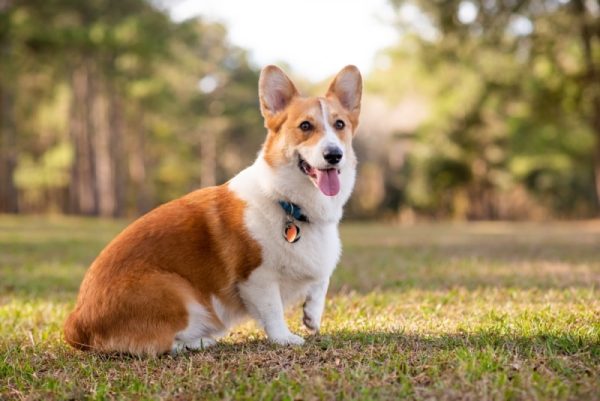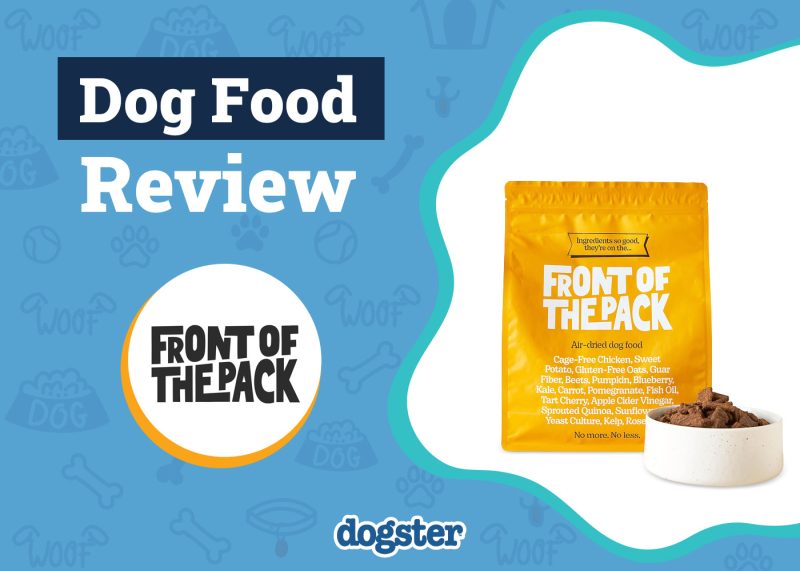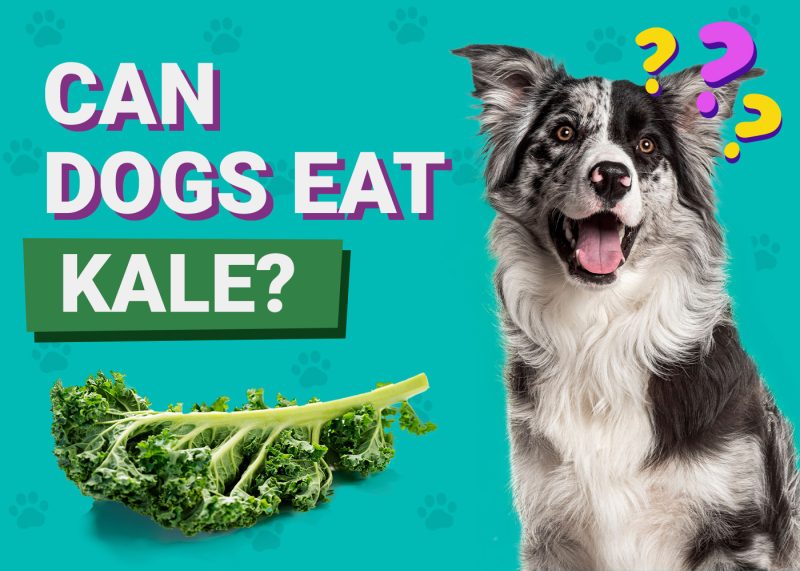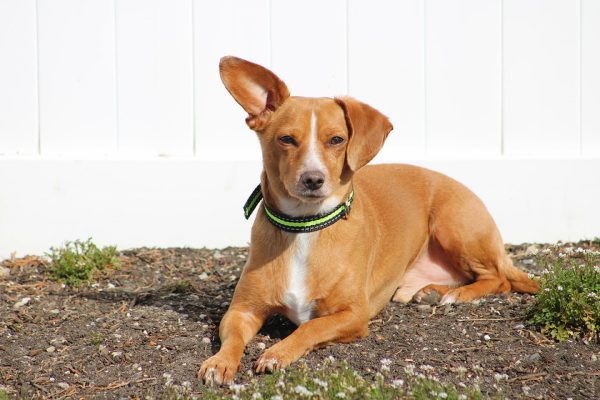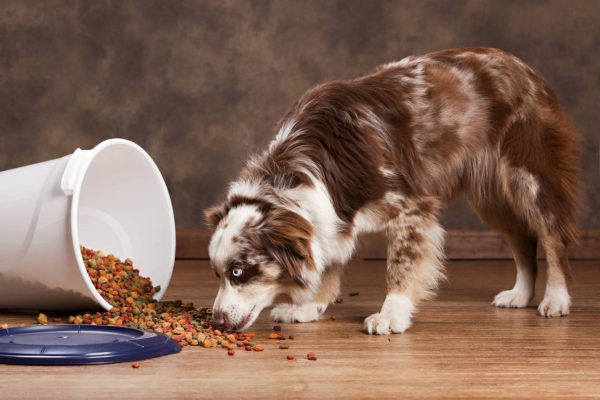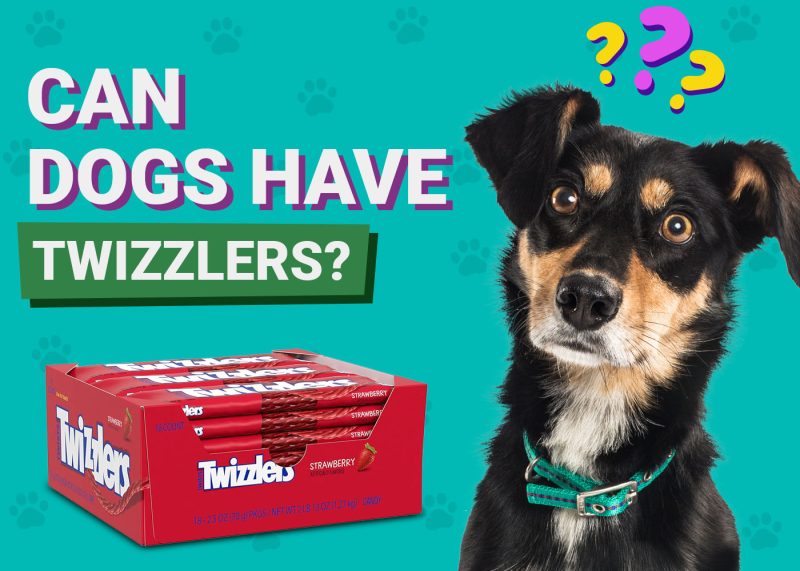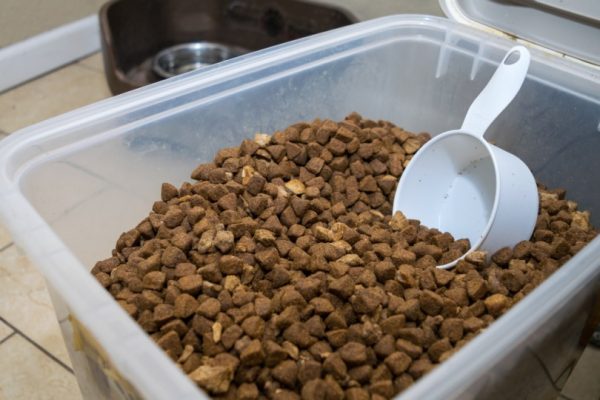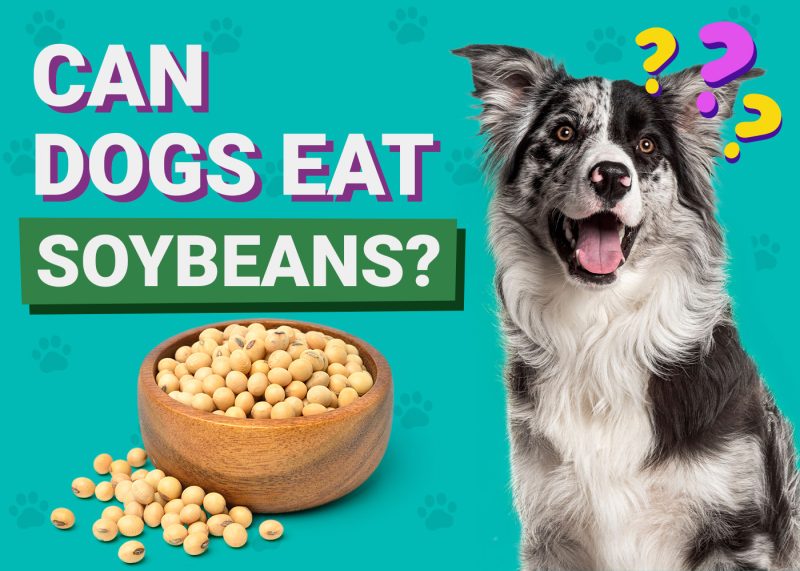In this article
Potty training is one phase that every dog owner wants to get through quickly and with minimal mess and fuss. While there are numerous tools and techniques to move things in the right direction, something as simple as your dog’s daily schedule can make life immeasurably easier.
Are you using your dog’s feeding habits to promote the potty behaviors that you want to see? You can help keep your house clean and your pets well-behaved by learning how mealtimes can help your dog’s potty training go as smoothly as possible.

How Feeding Helps Potty Training
Feeding is one of several notable events in your dog’s day that can help you plan when to take them outside for a potty break. Puppies must go outside often, typically about once every hour. As they mature, they can generally hold their bladders for about an hour per month of age (e.g., a 3-month-old puppy can hold pee for about 3 hours). Dogs also tend to go to the bathroom after various daily events, including:
- Waking up
- Eating or drinking
- Play or training sessions
Until around 6–12 months, dogs should eat three meals a day. Once mature, they can switch to two meals daily. During potty training, you’ll want to take your dog outside about 15–20 minutes after meals.
Make sure your puppy is taken out last thing before you go to bed, so they can empty their bladder and reduce the risks of a nighttime accident.
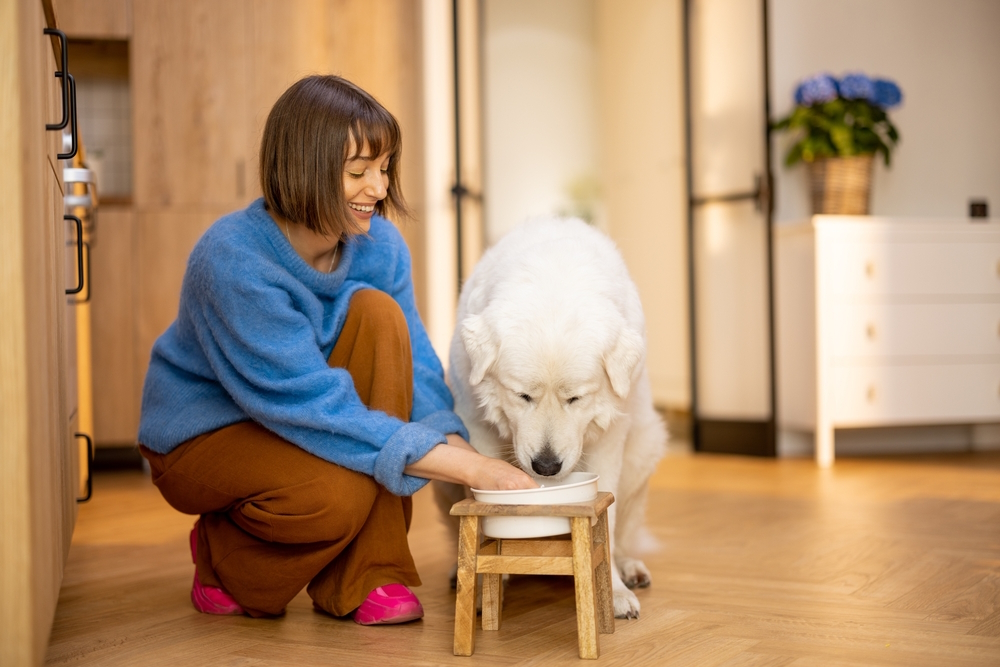
How to Use Feeding to Help With Potty Training
When feeding is on a consistent schedule with naps, play, and crate time, it incorporates a puppy’s frequent need to pee into the routine. Their three daily meals can fit into regular time slots before their hourly bathroom breaks. For instance, you could feed your dog at 7:45 a.m., 11:45 a.m., and 5:45 p.m. and take them out shortly after they finish eating each time.
By maintaining this schedule, your dog will eventually anticipate upcoming events, teaching them when potty breaks will happen and easing house training. They’ll feel comfortable, confident, and safe due to the predictability, and they will build associations between activities, learning concepts like, “I just ate, so that must mean it’s time to go outside to potty.”
To make this successful, only present the food at a specific time. Give your dog the food dish for 10–15 minutes before removing it, regardless of whether they eat all, some, or none of their meal. This is only the case if your dog is well and not showing signs of being off their food or an upset tummy. Your dog will quickly learn that when the dish is down, it’s time to eat. Don’t rush your dog when the bowl is down, but when your dog has eaten it all or lost interest in eating any more, remove the bowl. If you take the food away while your dog is still grazing at the bowl, this could lead to resource guarding, which is not what you want.
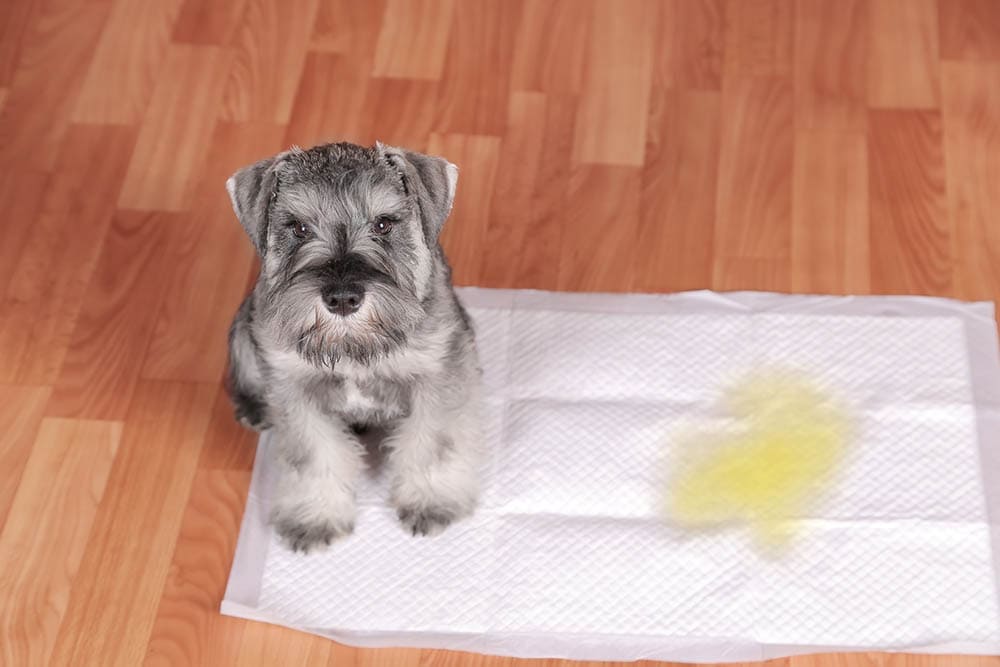
Food Can Help With Crate Training
Crate training is an effective method to teach your dog to eliminate outside. Dogs won’t want to pee or poop where they eat and sleep. The crate’s regular use will reduce the likelihood of indoor accidents and even make them aversive, preventing your dog from making inappropriate elimination a habit.
Successful crate training relies on you making the crate a happy place so your dog is motivated to go into it and feel comfortable, secure, and relaxed there. You may give your dog treats or exciting crate-only toys that they can enjoy when they enter it, fostering that positive meaning.
Additionally, you can use mealtimes to reinforce the crate as a reward by feeding your dog there. Since the crate is where your dog eats, they will be less likely to have accidents in it. Some dogs are nervous about eating in the crate, so you may have to introduce the practice slowly.
Start by placing your dog’s dish outside the crate door for a few meals, then just inside the door, and so on. Soon, your dog will be comfortable with you putting the bowl at the back of the crate.
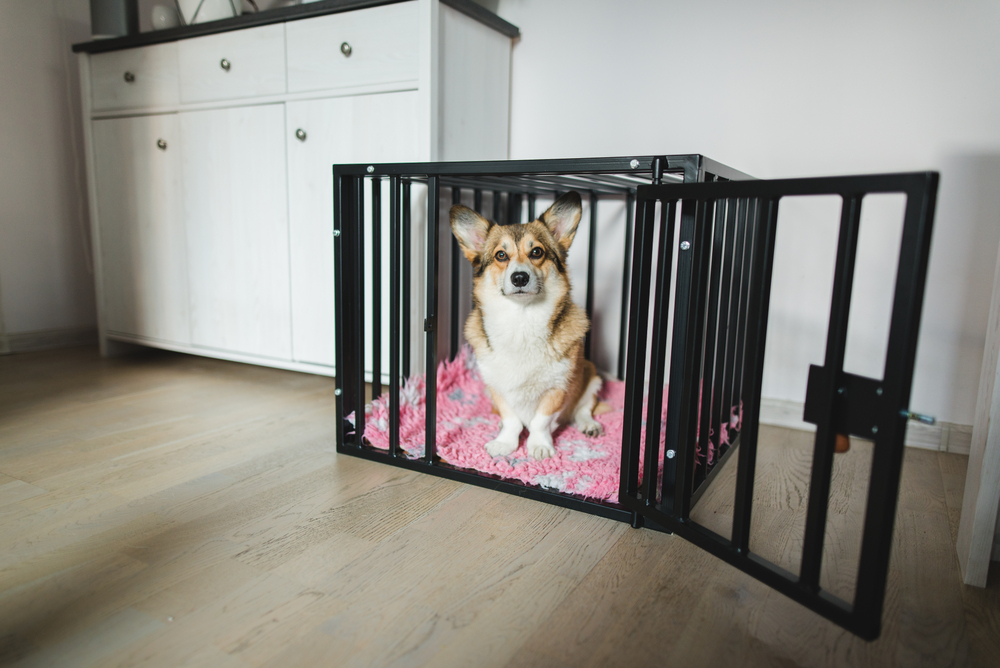
Using Food to Encourage Outdoor Toileting
While feeding can help you keep your dog’s potty breaks predictable, it can also help you deal with a pup that has occasional indoor accidents. Dogs have a habit of peeing in the same places repeatedly if they pick up traces of past potty smells.
When this happens, you can avoid future occurrences by cleaning up the mistake with an enzymatic cleaner, which will remove all traces of the urine or feces that were there. Enzyme cleaners use active bacteria and enzymes to target and consume urine compounds until they’re gone, removing smells and stains rather than masking them. Don’t punish your pup for having an accident. Instead, if you see it happening, interrupt them calmly, take them outside, and reward them for finishing the job outside with high-value treats.
Using Food to Reward Potty Behaviors
Treats are straightforward and reliably valuable rewards that can encourage good potty behaviors. When you take your dog outside, let them pee or poop, and say a marker word or click your clicker when they finish before giving them a treat.
Giving your dog high-value food immediately after they do their business will help them build the association of going potty outside and getting a reward, making them more eager to do it later.
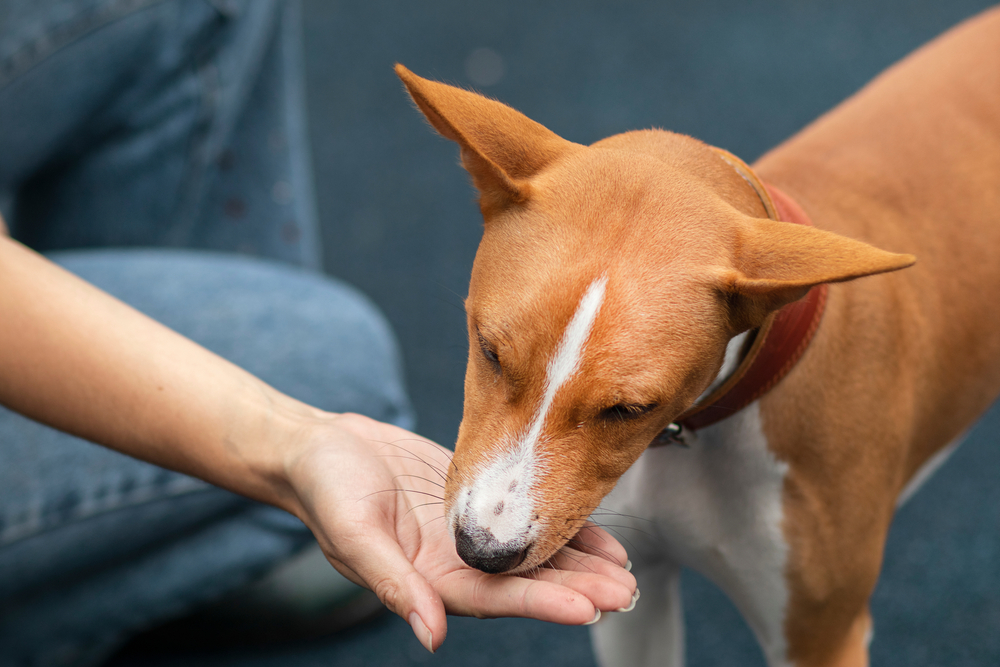

Final Thoughts
What goes in must come out, meaning there’s an inherent relationship between a dog’s feeding and potty schedule. Whether offered as a reward for good behavior or used to time potty breaks, meals make for a valuable training tool in several ways.
By understanding and appreciating the connection between your dog’s eating routine and their potty habits, you can use feeding to your advantage to prevent indoor accidents and speed up the housebreaking process.
Featured Image Credit: Olena Yakobchuk, Shutterstock
